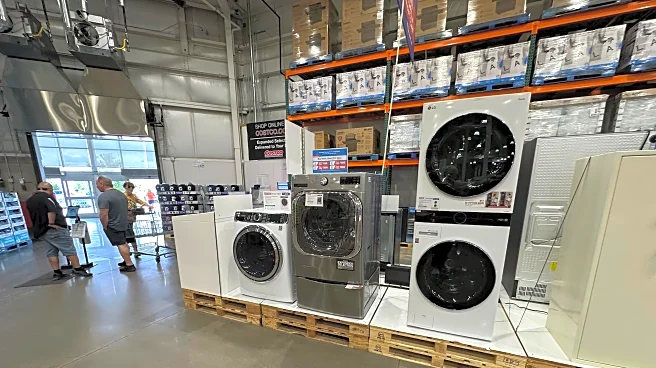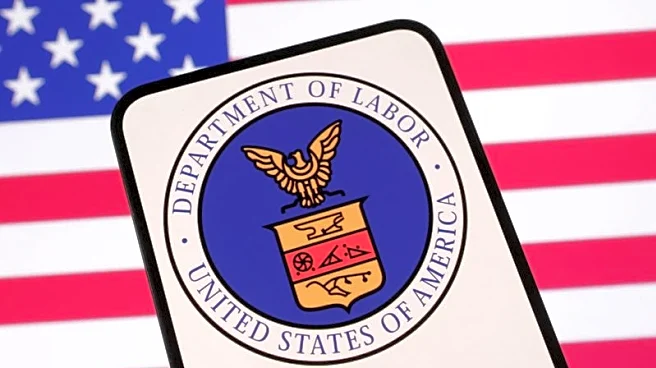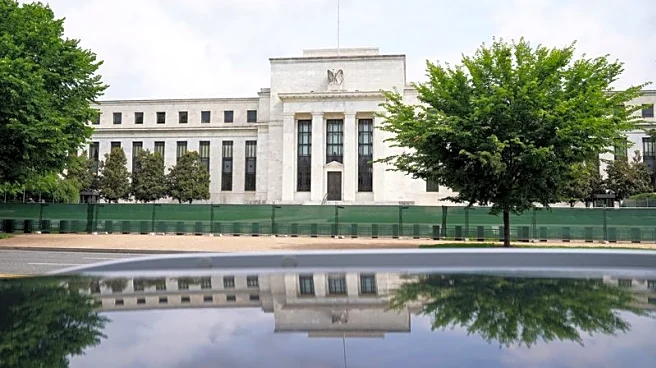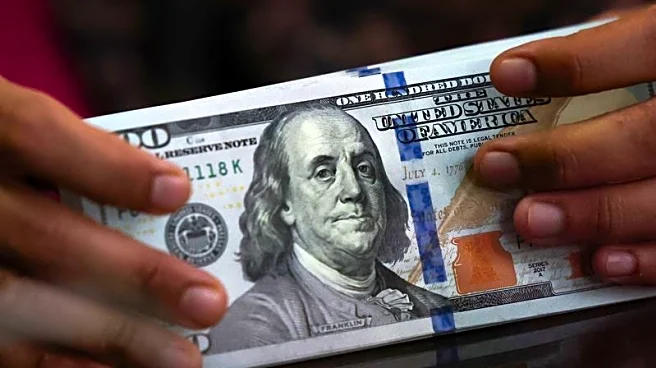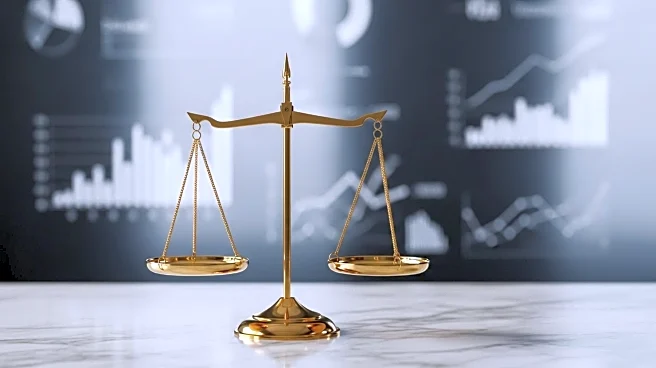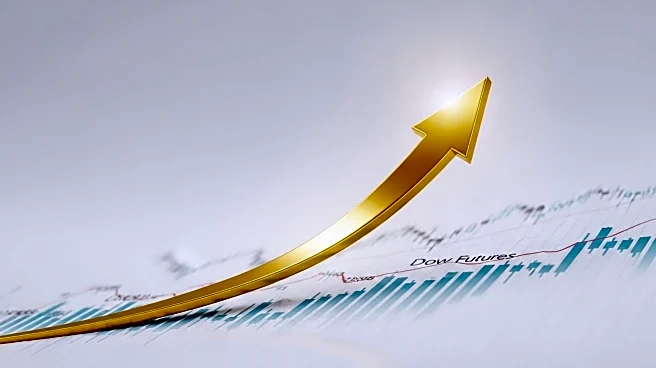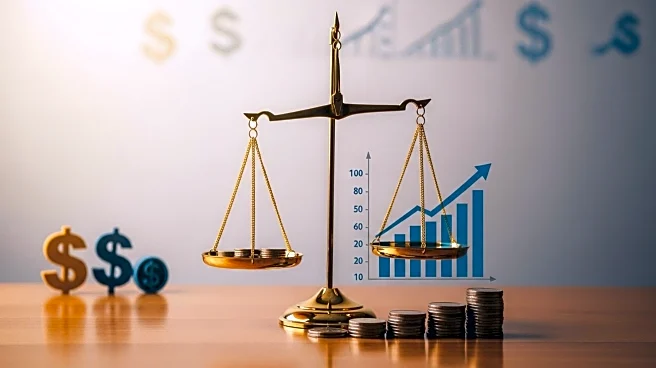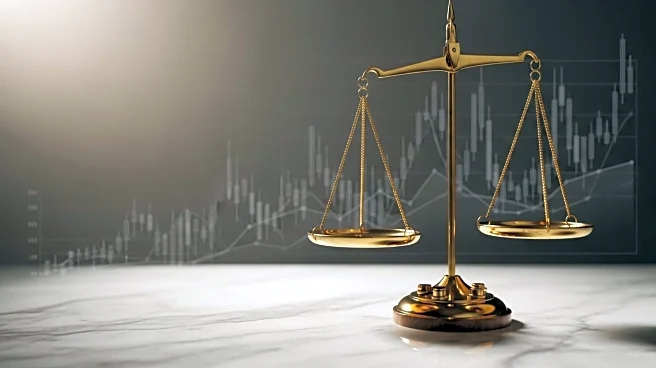By Lucia Mutikani
WASHINGTON (Reuters) -U.S. consumer inflation likely picked up in August as the cost of gasoline rose and tariffs on imports raised some goods prices, but the pace of increase would probably not be strong enough to derail a much-anticipated interest rate cut from the Federal Reserve next week.
The Consumer Price Index (CPI) report from the Labor Department's Bureau of Labor Statistics (BLS) on Thursday could still fan concerns of stagflation following recent downbeat news on the labor
market. The pass-through from President Donald Trump's sweeping tariffs has so far been gradual, but economists expected that could soon change. They noted businesses had depleted their pre-tariff inventory. Business surveys have for some time been signaling imminent price increases.
Though a report from the BLS on Wednesday showed producer prices were unexpectedly cooler in August amid a compression in trade services margins and mild increase in the cost of goods, economists did not expect this to be replicated in the CPI data.
"The evidence is overwhelming that more tariff-related inflation is coming, though it may still be several months before it passes through fully," said Stephen Stanley, chief economist at Santander U.S. Capital Markets.
The CPI likely increased 0.3% last month after climbing 0.2% in July, a Reuters survey of economists showed. Consumer prices were likely lifted by higher prices at the pump and supermarket. Tariffs have boosted the price of coffee, which has so far increased by the most in nearly 2-1/2 years on an annual basis.
Beef prices have also surged, a combination of import duties and past droughts that decimated the national herd.
Labor shortages at farms as the Trump administration rounds up undocumented migrants for deportation were also adding to higher food prices, economists said.
In the 12 months through July, the CPI is forecast to have advanced 2.9%. That would be the largest year-on-year gain in seven months and follow a 2.7% increase in July.
BUSINESSES MAY SOON RAISE PRICES
"The slow response of consumer prices to the tariffs so far is partly due to distributors selling goods that were imported before the tariffs were imposed," said Samuel Tombs, chief U.S. economist at Pantheon Macroeconomics. "But wholesalers' and retailers' inventory are both equivalent to just 1.3 months of sales, suggesting that many of these businesses now will be selling goods which incurred tariffs."
Excluding the volatile food and energy components, the CPI is estimated to have climbed 0.3% for a second straight month.
Economists expected tariff-related price increases for goods such as apparel and furniture to lift the so-called core CPI. Firmer services prices were likely as demand for travel drives up airline fares and the cost of hotel and motel rooms.
In the 12 months through August, core CPI inflation is anticipated to have increased 3.1%, matching July's gain.
The U.S. central bank tracks the Personal Consumption Expenditures (PCE) price indexes for its 2% inflation target. The core PCE inflation is currently estimated to have increased 0.3% in August for a third consecutive month, which would translate to an annual increase of 3.1%. That would be an acceleration from a 2.9% increase in July.
Those estimates could, however, change after the CPI data.
The Fed is expected to cut interest rates at its policy meeting next Wednesday, with a quarter-percentage-point reduction fully priced in, after it paused its easing cycle in January because of uncertainty over the inflationary impact of tariffs.
Should CPI inflation undershoot expectations that would point to softening demand constraining businesses' ability to pass on tariff-related costs to consumers.
"The next few months of data will provide a useful test of tariff-related price increases, as the fall can be a natural time for businesses to raise prices," said Veronica Clark, an economist at Citigroup. "While we do expect some stronger price increases, if goods prices remain more muted it could be a sign that weak consumer demand is limiting businesses' ability to raise prices. This weak demand backdrop has us continuing to expect a series of rate cuts from the Fed."
(Reporting by Lucia Mutikani; Editing by Andrea Ricci)


